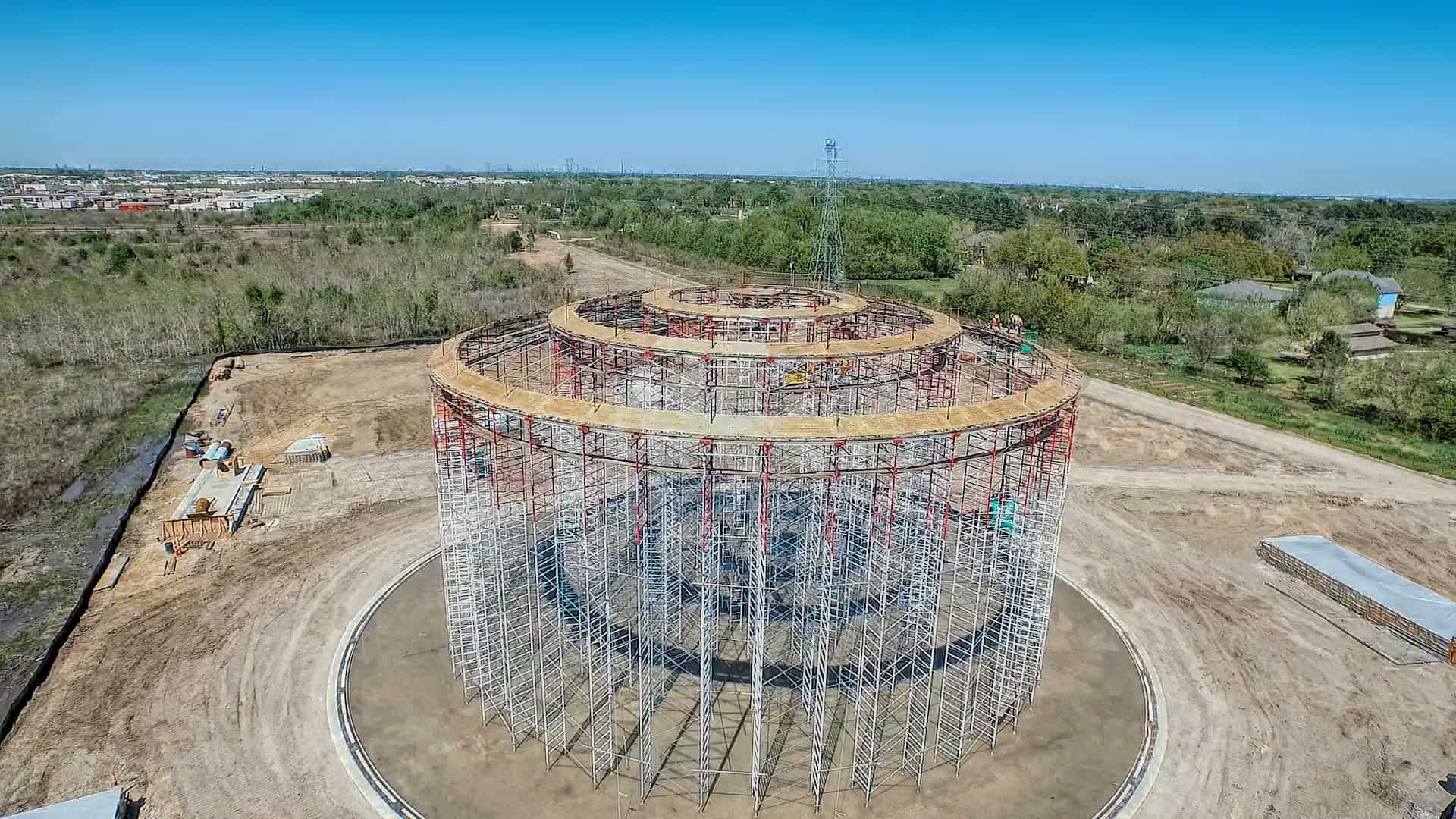
US Survey Foot vs. International Foot: How and When to Utilize Each

In an effort to simplify measurement standards across the United States, the National Institute of Standards and Technology (NIST), National Geodetic Survey (NGS), National Ocean Service (NOS), and the National Oceanic and Atmospheric Administration (NOAA), have decided to retire the US Survey Foot. This retirement is a significant move considering the long-standing use of the US Survey Foot in various surveying and mapping applications. While it may take some adjustment, the surveying community should gradually transition to the International Foot, embracing the benefits of a unified measurement system that fetches greater consistency, simplicity, and compatibility with the International System of Units (SI).
Difference Between International Foot and US Survey Foot
In 1959, the US adopted both an international foot and a US survey foot as official standards for measurements in surveying. The difference between the US survey foot and the international foot is barely noticeable in everyday use and function, differing by only 2 parts per million (0.01 foot per mile). But when it comes to applying the differing units to state plane coordinate systems that span hundreds of miles, the difference can add up to several feet.
Advancements in precise coordinate system tools and the rollout of a new horizontal and vertical datum in 2025 that define latitude, longitude, height, scale, gravity, and orientation throughout the US, make this the perfect time to move the US toward a single, uniform definition of the foot.
Situations That Still Accept the US Survey Foot
While NOAA and the National Institute of Standards and Technology (NIST) officially retired the U.S. survey foot as we entered 2023, there are circumstances where this measurement is still accepted.
These scenarios include current ongoing projects and older projects that began using the US Survey Foot and specific jurisdictions that continue to recognize the US Survey Foot.
National Geodetic Survey (NGS) will always support the use of the U.S. survey foot for NAD 83 and 27. This is because 40 states “officially” use the U.S. survey foot for NAD 83.
– National Geodetic Survey
A few years from now, as mentioned above, with the adoption of the new datums, new projects should employ the International Foot, nurturing the move toward uniformity in measurements across the country. By gradually phasing out the US Survey Foot and transitioning to the International Foot, accuracy and clarity in surveying, mapping, and engineering applications will be enhanced, contributing to a smoother collaboration.
NOAA plans for the international foot to replace the U.S. survey foot by 2025, giving regulatory agencies and engineers plenty of time to prepare for this transition. HR Green Geospatial professionals will prepare instructions for our internal engineers and staff as well as our clients, to guide future surveying and mapping and help all project consultants and contractors understand how to apply the change. This will apply to land surveying, engineering, GIS, and mapping projects and will simplify the integration of various forms of data with various CAD and mapping software. Sometime in late 2023 or in 2024 HR Green will update our clients and internal staff with guidelines and plans to ensure your projects and data will adapt to this change through 2025 and beyond.
A Unified Measurement System
The retirement of the US Survey Foot is an important step toward embracing a unified measurement system. It is crucial for professionals involved in surveying, mapping, and engineering to adjust to the International Foot, ensuring that projects align with international standards. By understanding the differences between the US Survey Foot and International Foot, and recognizing situations where the former is still acceptable, the transition to a standardized system can be smooth, fostering greater interoperability and collaboration across borders.
Looking for insights on transitioning to using the international foot? Connect with our professionals to discuss tailored services for your needs.
Subscribe to HR Green Insights
We're dedicated to providing up-to-date knowledge and insights about the topics that matter most to you. We know how busy you are, so we will keep this simple, covering just one topic per email. Once you've subscribed, you can easily customize your preferences to receive only the updates relevant to you.


